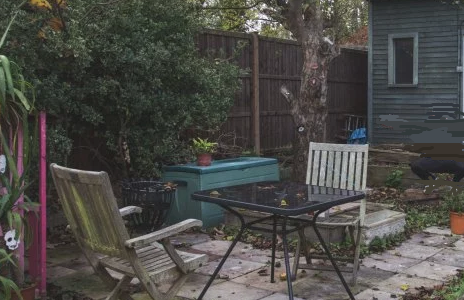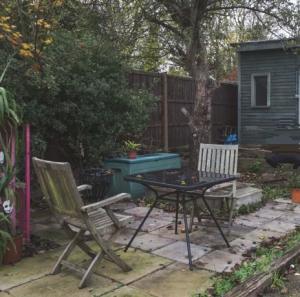
A stroke of Genius: how to convert a fake restaurant into Number 1 in TripAdvisor ratings


The metamorphosis of getting the shed to number one, especially when he started out ranked 18, 149 the worst restaurant in London according to TripAdvisor.
The big draw of the Shed was the combination of excellent reviews and the fact that you could not literally get a table which made it the perfect restaurant. Oobah Butler, a writer of Vice, transformed his garden shed into a fake restaurant by making a website and enlisting a photographer to take photographs of finger licking, mouth-watering food and even close-ups of shaving foam, bleach.
The restaurant’s website boasted “ An appointment-only restaurant located in South London, The Shed has been operating privately for years, and in 2017, it decided to open its doors and by November 2017, it was TripAdvisor’s top-rated restaurant in London.”
Mr. Butler convinced TripAdvisor and fooled hundreds of potential customers, that his shed in Dulwich, South London, was a real restaurant by buying a cheap mobile p[hone, registering that number as the restaurant’s and refusing to give an address, because the restaurant was appointment only. The fake gourmet shed managed to climb the rankings, as Mr. Butler and his team of friends fed positive reviews.
The elusiveness of the Shed created more interest among potential customers who were keen to try the restaurant cuisine. One of the reviews by Guardian restaurant critic said “At last: a restaurant that recognises food is all about mood. Of all the shed-based eating experiences out there is one sounds like the best. Or at least second best. ( I have my own shed, hence). Personally, I’m eager to try ‘contemplation’.
“When I made my shed the Top rated restaurant on Trip Advisor and then served customers Iceland ready meals on its opening night.” Butler, www.theshedatdulwich.com
The menu caused quite a stir- with each dish based on a mood like Empathetic, comfort, lust or contemplation.
TripAdvisor said in a statement “ Journalists in misguided attempts to test us created a fake restaurant, as there is no incentive for anyone in the real world to create a fake restaurant and it is not a problem we experience with our regular community – therefore this test is not a real-world example. The company uses state of the art technology to combat fraudsters trying to influence the ratings of real businesses and that is the difference between reviews from real customers and fake customers tends to show which ratings are real.”
Butler was writing fake reviews on TripAdvisor as restaurant owners would pay him £10 for a positive review of their place, despite never eating there and over time, he became obsessed with monitoring the ratings of these businesses and their turning fortunes. He was convinced that TripAdvisor was a false reality – the meals never took place, that the reviews were all written by other people like Butler. One day, sitting in his garden shed where he lived, he had a revelation, about the climate of misinformation and society’s willingness to believe in anything including a virtual fake restaurant and to make it number one in the rating game.
